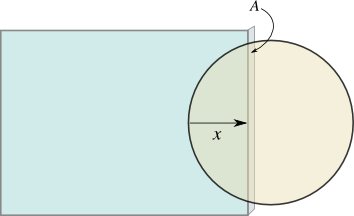How much does data weigh in flash memory?
Posted by David Zaslavsky onAn interesting article in the New York Times has been making the rounds of the internet lately. It talks about the tiny theoretical increase in weight of a Kindle when its memory is full as opposed to when it’s empty. Since I’ve previously written about the weight of data on a magnetic hard drive, I couldn’t resist taking a look at the equivalent effect for flash memory.
To begin with, we need to know a little about how flash memory works, and to do that, we need to know how transistors work. A transistor is just a tiny electrical switch. It has two contacts, the source and the drain, that are separated by a layer of material with an excess or lack of electrons. Normally this configuration blocks any current from flowing between the source and the drain. But when the right kind of voltage is applied to the separation layer, it removes the excess (or fills the lack) of electrons, allowing current to pass through. (For the record, I know I’m not doing justice to semiconductor physics here.)
As described in a pretty good article on Explain That Stuff!, and several other sources I’ve …


